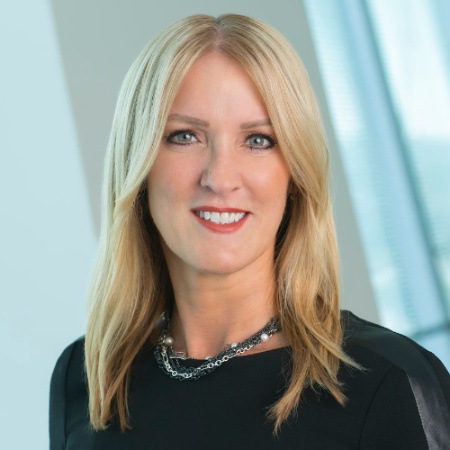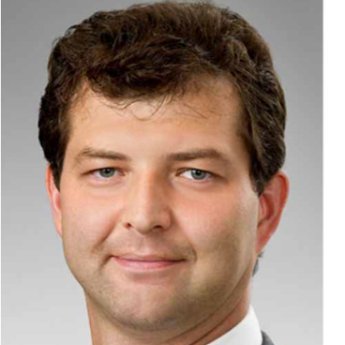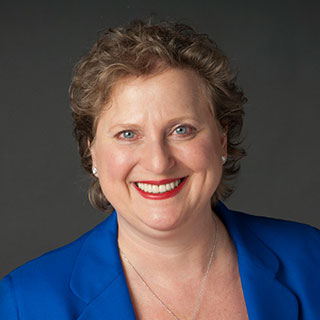With demand for real-world insights growing across healthcare, Medical Affairs departments are increasingly being called upon to collect and analyze real-world data.
“We have a full division working on real-world evidence,” says Roslyn Schneider, Global Patient Affairs Lead at Pfizer. “We use it at various points in the development of our medicines; we employ it prior to starting to work on a range of activities to better understand the true need.”
It is not just healthcare payers who want to know whether a new medicine will meet the promise created by clinical trial data. “When you speak to pharma leaders across many fields, they all want to know if the drug holds up in the real world,” says Gundula Schneidewind, VP, Medical Affairs Europe & Canada, at Takeda.
Schneidewind’s Medical Affairs department now handles all regional RWE, with 12 studies set up in the last six months; such multi-country studies broaden the evidence base and improve the data quality in specialty care fields by providing  larger sample sizes.
larger sample sizes.
They include chart review projects, registry studies and collaborations with the global market access department to combine data from patient charts with healthcare resource utilization.
“We’re seeing a significant increase in our real-world data,” says Shontelle Dodson, Senior VP, Medical Affairs, Americas, at Astellas. This supplements their data from randomized controlled trials, the number of which tend to decline over the product lifecycle.
 RWE is being collated in therapeutic areas including prostate cancer, transplant and overactive bladder, and is “about the clinical aspects and looking for not cause and effect, but trends and signals to help us better understand the patient journey,” she says.
RWE is being collated in therapeutic areas including prostate cancer, transplant and overactive bladder, and is “about the clinical aspects and looking for not cause and effect, but trends and signals to help us better understand the patient journey,” she says.
PATIENT PERSPECTIVES
With patient-centricity in vogue, RWE is often lauded for providing insights into patient experiences, especially when contrasted with the clinical data from within the constructs of a trial of tightly selected participants.
“[In Medical] we are talking more about patient-centric outcomes and to have input from patients that tells us which outcomes they report are most important to them,” says Schneider. “The body of that, as it gets reported and entered into electronic systems, becomes part of the real-world evidence, the data that becomes evidence that we can then use.
“Robust data sets that can answer the questions that are important for a person sat in front of a clinician as they seek to come to a decision about the most appropriate treatment plan could be very, very helpful for patients. However, we have to ask the right question,” she says.
Language is important, says Stanislev Glezer, Chief Medical Officer at Adocia and former VP, Medical Affairs at Novo Nordisk. He cites a big-data analysis of diabetic patients’ social media conversations around severe hypoglycaemia that showed the “patient angle that we can put on this data”.
The study raised important issues about the way terms are defined, finding that medical terminology was being used by patients differently to the way that physicians would use it. For those patients, the emotional aspect of hypoglycemia was dominant, and they considered a severe attack as a driver of behavioral change rather than something requiring assistance. Such patient perspectives can change and shape the way things are defined throughout research.
RWE can also prove to be a very rich resource for patients themselves, says Schneidewind. “As a patient, you want to know how well the drug does in real life, to not only look at the clinical data but see what the experience is for others. In a world where you can go on the internet and end up in patient forums where people report their individual experience or feelings about the drug, you do not know if that’s representative or not. That’s where evidence can help inform patients.”
RISKY DATA
The growing mountain of real-world data brings opportunities for innovation but also great analysis challenges.
 “New types of data are coming in – from wearables, social media, for example – and an enhanced connectivity between those data sets is starting to emerge, which creates huge opportunities,” says Glezer. “But at the same time, it creates a huge risk because the bigger the data the more the chance of misleading associations and statistics. There are lot of misinterpreted analyses that are misinforming the entire community.”
“New types of data are coming in – from wearables, social media, for example – and an enhanced connectivity between those data sets is starting to emerge, which creates huge opportunities,” says Glezer. “But at the same time, it creates a huge risk because the bigger the data the more the chance of misleading associations and statistics. There are lot of misinterpreted analyses that are misinforming the entire community.”
The complexity of big data is a concern, says Astellas’ Dodson, as different health systems can produce very different data even with the same software or protocols. Uniting disparate data sets and making the insights meaningful is challenging, especially given that much RWE is still collected retrospectively.
At present, there are no unified definitions for RWE across Europe or in individual markets, nor are there standards to comply with, in either collection and analysis of data. “It’s easy to say the data is low quality or not good enough when there are no standards,” says Schneidewind. “How we define RWE and what standards we adopt for collection will be very important topics going forwards.”
SCIENTISTS LEAD THE CHARGE
To achieve the desired quality, the challenge is to ensure we raise the level of scientific rigor, says Dodson. “We require all of our protocols, even retrospective, to be developed with a standard protocol template that is scientifically rigorous, and goes through a thorough review statistically. There are ways for us, as an industry, to raise the bar, and that’s a challenge that we’re working on to try and make the data better and more usable.”
Prospective collection of RWE is an “interesting way forward,” says Schneidewind, yet such studies are costly and challenging as they must be considered very early on when planning lifecycle development for a drug.
“Data generation has to be done in a scientifically solid manner; it has to be brought to congresses and journals and be peer reviewed. Only when that happens, and the data is seen as an unbiased source, will it be of interest to patients,” she says.
By leading such studies – or at least being heavily involved – Medical Affairs can ensure they have proper tracking and that the results are appropriately consolidated and published, adds Schneidewind.
“All of this needs to happen and it can normally be handled better within a Medical department than when it is mixed up in different commercial activities – it should be clearly separated. If you want to collect, analyze and use real-world evidence in a scientifically solid manner, then it is best to involve your scientific department.”
This article appeared in the most recent edition of our specialist publication, Trends in Medical Affairs. Click here to download a copy.
Related Content: Pragmatic Trials: The Real-World Data Revolution Navigating The New Landscape When Real-World Evidence met Patient-CentricityBig Data, Huge Opportunity Primary Event: Medical Affairs Europe 2018Précis: As Medical gets more involved in real-world evidence, what challenges does it face in proving the value of a medicine?Premium`: Freemium`: Channels: CommercialTags: medical affairsChannelimage:
Primary Event: Medical Affairs Europe 2018Précis: As Medical gets more involved in real-world evidence, what challenges does it face in proving the value of a medicine?Premium`: Freemium`: Channels: CommercialTags: medical affairsChannelimage:  Original Article
Original Article


